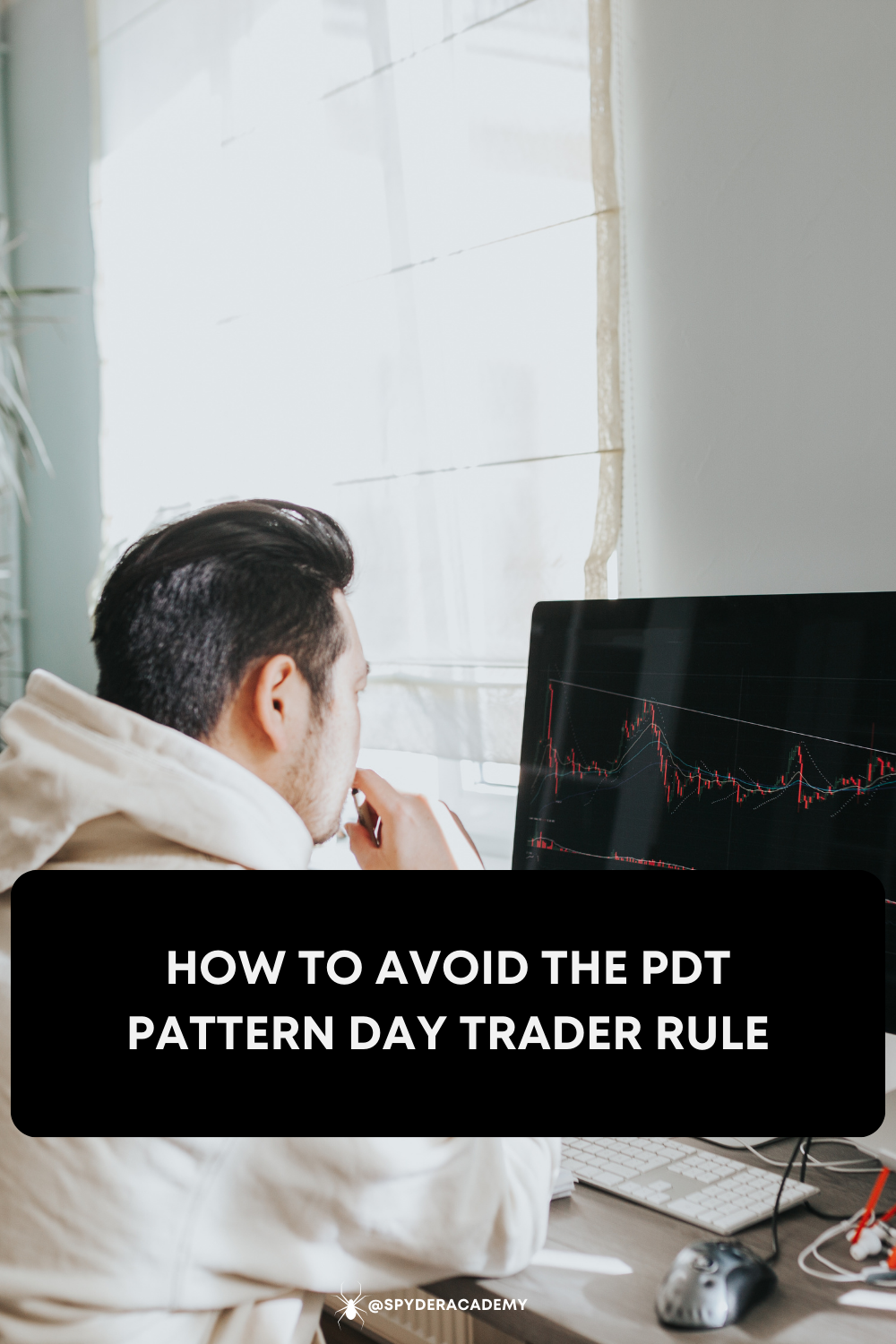Navigating the world of day trading, especially for newcomers, can feel like stepping onto a thrilling but challenging rollercoaster.
The Pattern Day Trading (PDT) rule is one of those regulatory loops that can catch traders off guard.
Understanding its nuances is crucial for those looking to harness the benefits of day trading without running afoul of the rules.
How can new traders avoid the Pattern Day Trading (PDT) rule?
Traders can avoid the PDT rule by trading options with a cash account which settles the next day. Avoid trading with Margin which is not cash settled. Longer swing trades also help create settled cash, as well as having a cash balance over $25,000.
Discover the rules, positives, and negatives of PDT, and learn strategic ways to sidestep it. Uncover insights tailored for new traders seeking to navigate the complexities of day trading while avoiding regulatory restrictions.
The PDT Rule Unveiled - What is the PDT Rule?
The PDT rule stipulates that traders with less than $25,000 in their margin accounts must adhere to certain restrictions. They’re limited to three day trades within a rolling five-business-day period. Exceeding this limit can lead to account restrictions. While designed to protect traders from excessive risks, the rule can pose challenges for those with limited capital.
The Pros and Cons of PDT
Positives:
- Risk Mitigation: Limits excessive trading, reducing the likelihood of substantial losses.
- Discipline Building: Encourages strategic planning and discipline in executing trades.
Negatives:
- Trading Limitations: Restricts the number of day trades, hindering some trading strategies.
- Stifles Learning: New traders may find it limiting in their quest for hands-on learning.
Strategies to Avoid The PDT Rule
- Swing Trading: Focus on longer-term trades that span multiple days, avoiding the day trade designation.
- Increasing Account Size: Gradually increase your account size to meet the $25,000 threshold.
- Multiple Broker Accounts: Spread your trades across multiple broker accounts to bypass the PDT restrictions.
Aspiring traders facing the challenges of PDT can benefit from education and mentorship. Spyder Academy, committed to empowering traders, offers insights and guidance to help new traders become consistently profitable.
Conclusion: Steering Your Trading Journey
In the realm of day trading, the PDT rule is a regulatory curve demanding careful navigation. As you explore strategies to avoid its constraints, remember that education is your greatest ally. Spyder Academy stands ready to assist you on your journey, providing the tools and knowledge to turn hurdles into stepping stones. How will you leverage these insights to shape your path in day trading?
Disclaimer: Trading involves risks, and strategies for avoiding the PDT rule should be approached with careful analysis and consideration of individual risk tolerances.




